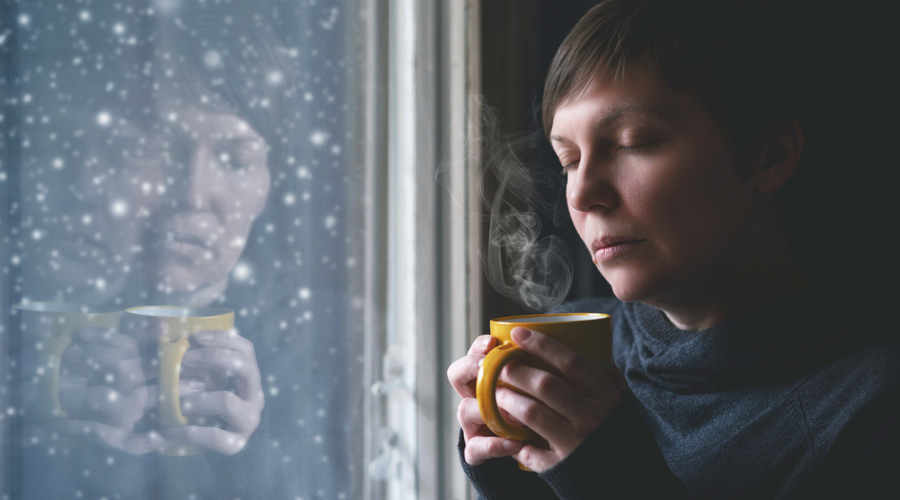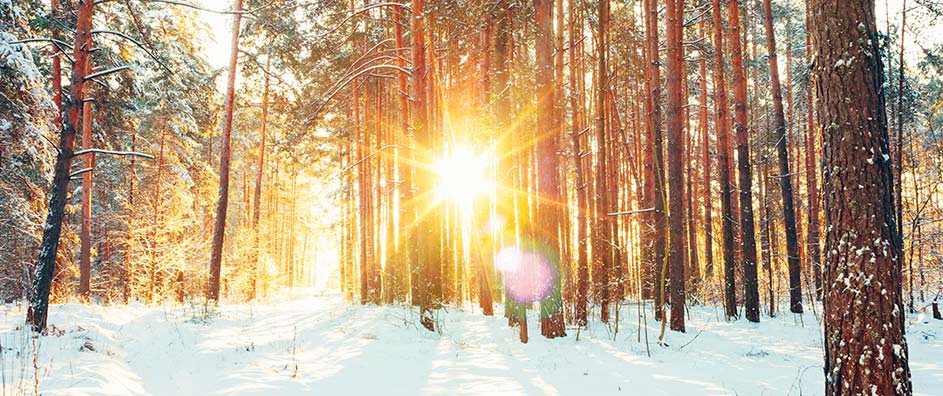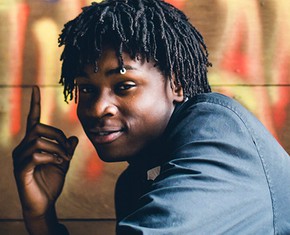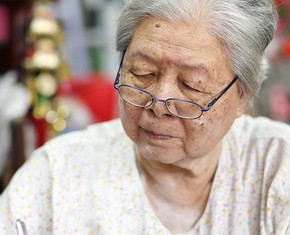The views expressed in our content reflect individual perspectives and do not represent the authoritative views of the Baha'i Faith.
That time of year thou mayst in me behold
When yellow leaves, or none, or few, do hang
Upon those boughs which shake against the cold,
Bare ruin’d choirs, where late the sweet birds sang.
In me thou seest the twilight of such day
As after sunset fadeth in the west,
Which by and by black night doth take away,
Death’s second self, that seals up all in rest.
In me thou see’st the glowing of such fire
That on the ashes of his youth doth lie,
As the death-bed whereon it must expire
Consumed with that which it was nourish’d by.
This thou perceivest, which makes thy love more strong,
To love that well which thou must leave ere long.
― William Shakespeare
This beautiful, haunting sonnet—Shakespeare’s ode to love and death—describes the winter of his life, and by extension the winter of all our lives.
When winter comes, as it now has where I live, our thoughts, like the cloudy skies and the long nights, naturally turn a little darker, and focus on the end of life. In what ecologists call the hibernal season, winter brings biological dormancy to the natural world. Nature rests. Plants go into a torpid state. Some birds and butterflies fly south. Mammals burrow into the ground and sleep through the cold. Trees stop growing, their branches bare.
Like all other living things, most people usually have a normal energy shift during the winter, lowering their activity levels to some degree. We tend to want to stay in out of the cold, sit by a fire and burrow under our blankets. Perhaps, some scientists have theorized, that pattern comes from deep in our pre-history. Because of the scarcity of winter food in pre-agricultural, hunter-gatherer times, a tendency toward low energy, mood and activity levels during the winter months would have helped people adapt to the cold weather by reducing their normal caloric intake needs. That adaptation then became genetic for some, even today.
I have a friend who gets a condition every winter called “seasonal affective disorder,” known by the particularly appropriate acronym SAD. When the light of the other seasons wanes, his mood turns to depression. He has a hard time getting out of bed, like a hibernating bear. He lacks energy, withdraws from friends, and has trouble completing his work. Of course, all of these symptoms sometimes combine to give him a pervasive feeling of pessimism, anxiety and hopelessness. Winter, as you might imagine, is his least favorite season.
This happens to many, many people. In fact, some researchers believe that it effects the suicide rates in high-latitude northern hemisphere countries like Finland and Sweden, where winter depression can take many lives. That theory gets support from the reported prevalence of SAD in the United States: 1.4% in Florida, and 9.9% in Alaska.

But my friend got some relief last winter when his wife brought home a light box.
Yes, the best treatment for SAD, physicians agree, is light. Light therapy, doctors think, substitutes for lost sunlight exposure, resetting the body’s internal clock and actually “lightening” our mood. Most SAD patients who sit in front of a full-spectrum light box for an hour a day gradually lose the depression, tiredness and fatigue that plagues them during the winter. What a remarkable metaphor for the life of the spirit, I thought.
Does this natural cycle of the seasons have a depressing effect in your life? Do your thoughts turn to sadness and gloom during the darkness of winter? Then you may need light:
Just as the surface of the material world becomes dark and dreary, the soil dormant, the trees naked and bare and no beauty or freshness remain to cheer the darkness and desolation, so the winter of the spiritual cycle witnesses the death and disappearance of divine growth and extinction of the light and love of God. But again the cycle begins and a new springtime appears. In it the former springtime has returned, the world is resuscitated, illumined and attains spirituality; religion is renewed and reorganized, hearts are turned to God, the summons of God is heard and life is again bestowed upon man. For a long time the religious world had been weakened and materialism had advanced; the spiritual forces of life were waning, moralities were becoming degraded, composure and peace had vanished from souls and satanic qualities were dominating hearts; strife and hatred overshadowed humanity, bloodshed and violence prevailed. God was neglected; the Sun of Reality seemed to have gone completely; deprivation of the bounties of heaven was a fact; and so the season of winter fell upon mankind. But in the generosity of God a new springtime dawned, the lights of God shone forth, the effulgent Sun of Reality returned and became manifest, the realm of thoughts and kingdom of hearts became exhilarated, a new spirit of life breathed into the body of the world and continuous advancement became apparent. – Abdu’l-Baha, Foundations of World Unity, p. 11.
Baha’is believe the long winter of humanity’s ever-recurring spiritual cycle has once again given way to a spiritual springtime—and that a new prophet of God, Baha’u’llah, has inaugurated this fresh cycle:
Unless the season of winter appear, thunder roll, lightning flash, snow and rain fall, hail and frost descend and the intensity of cold execute its command, the season of the soul-refreshing spring would not come, the fragrant breeze would not waft, the moderation of temperature would not be realized, the roses and hyacinths would not grow, the surface of the earth would not become a delectable paradise, the trees would not bloom, neither would they bring forth fruits and leaves. That fierce inclemency of cold, snow, frost and tempest was the beginning of the manifestation of these roses, hyacinths, buds, blossoms and fruits. – Abdu’l-Baha, Tablets of Abdu’l-Baha, Volume 3, p. 655.
Next: The Cycle of the Seasons—and the Religions
















Comments
Sign in or create an account
Continue with Googleor